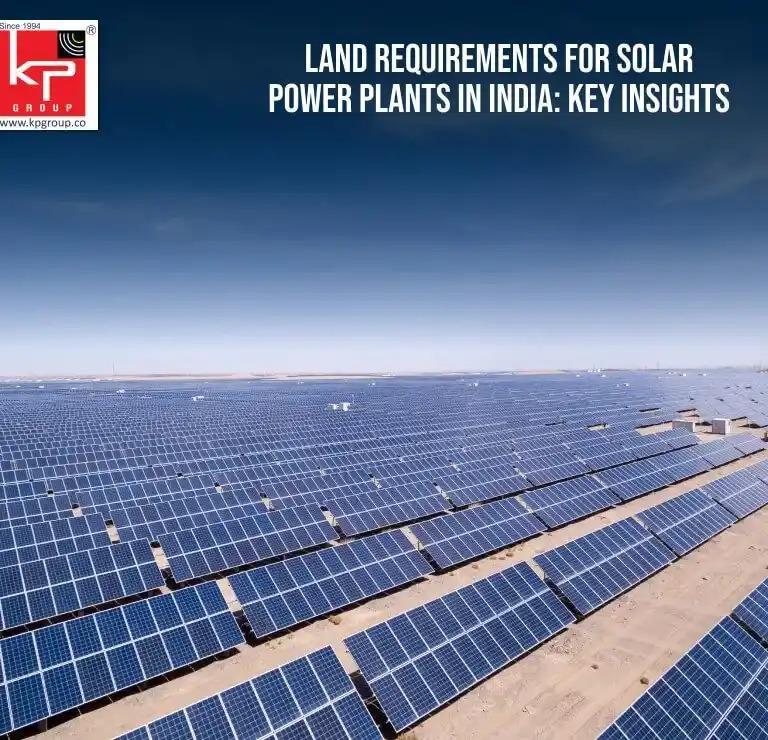Land Is the First Step in Solar Projects
When renewable energy is discussed, attention goes to technology. Panels, turbines, storage. But none of it works without land.
Land requirements for solar power plants in India are significant. A utility-scale project of 1 megawatt usually needs four to five acres. For projects running into hundreds of megawatts, the demand becomes massive.
For Solar and Wind Energy Companies, the challenge is not only finding land. It is about finding land that can actually be used.
The Limits of Geography
India has abundant sunlight. That does not mean all land is suitable. Agricultural land is sensitive. Forests are protected. Coastal regions face restrictions. Developers are often left searching for barren or semi-arid land, which is unevenly available.
In Gujarat and Rajasthan, deserts make large projects possible. But in states with dense populations and fertile soil, conflicts arise. Communities resist losing farmland. This resistance is growing stronger as food security concerns rise.
Why Larger Projects Face Bigger Risks
A rooftop solar plant raises few questions. A 500 MW solar park is different. Thousands of acres must be acquired. That means negotiating with many landowners, getting approvals, and addressing local concerns.
This is where delays happen. Equipment can be imported. Financing can be arranged. But slow land acquisition can stall or even cancel projects.
The Real Cost of Land
Project planners often highlight the cost of modules, inverters, and finance. Land costs stay in the background. Yet in India, they can be decisive.
Near cities and industrial hubs, prices rise fast. Add legal disputes and resettlement expenses, and the numbers change quickly. A project that seemed profitable can lose money.
Solar and Wind Energy Companies now place land at the center of feasibility studies. Choosing sites based only on sunlight or wind speed is no longer practical.
Politics Shapes Land Use
India’s renewable energy targets are ambitious. Policy can push projects forward, but land remains tied to livelihoods and traditions. Forcing projects onto communities often leads to protest.
Some states have introduced solar parks where land is cleared and infrastructure provided. Even here, balance is delicate. Developers know that community pushback can hurt long-term success.
Using Land More Efficiently
Hybrid projects offer one answer. Wind turbines need less ground space. Solar panels take more. Combining them on the same site can reduce land pressure.
Agrivoltaics is another idea. Panels raised high enough for farming beneath them. Trials are underway in India, though it is not yet common. These approaches show that energy and land use can sometimes work together.
Why Leading Companies Focus on Land
Companies like KP Group and Suzlon treat land planning as a core part of risk management. Investors look for certainty. A project tied up in land disputes is high risk.
For these firms, clear titles and community relations matter as much as turbine efficiency. A faulty inverter can be replaced. A land conflict is harder to resolve.
Looking Ahead
India’s renewable goals will keep increasing demand for land. The best sites will be taken first. New developers will face harder choices.
That is why land requirements for solar power plants in India must be viewed as strategy, not a minor detail. Delays or disputes can cost money, time, and credibility.
Closing Thought
The success of Solar and Wind Energy Companies is often measured in capacity added and tariffs achieved. Behind those numbers, land remains the foundation.
If India wants to scale solar power effectively, it must plan land use with as much care as it plans technology and finance. Without this, many projects will struggle before they begin.
